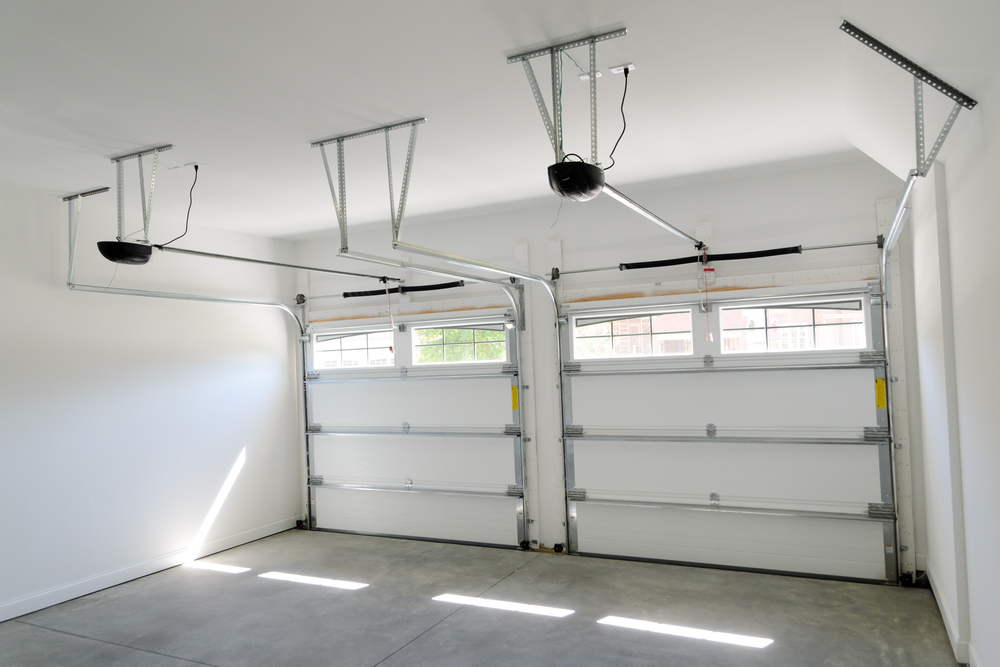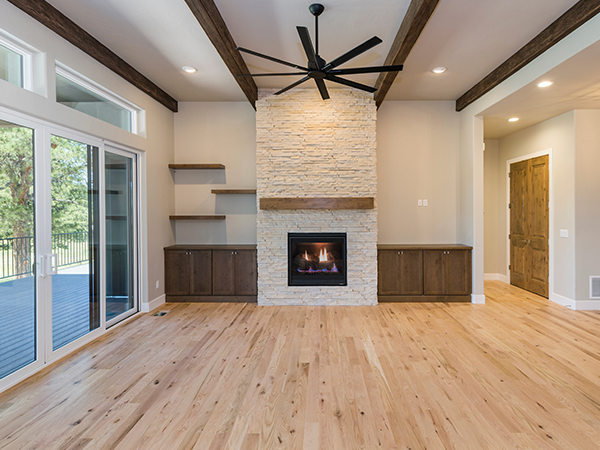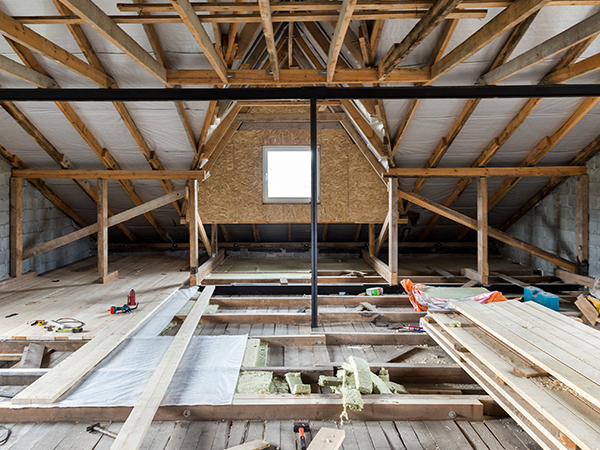
As the U.S. urban housing problem escalates, more and more homeowners are converting their garages to accessory dwelling units or ADUs. It’s a cost-effective solution to add living space to an existing property. But before embarking on this project, knowing the necessary steps is essential.
Make Sure Your ADU Is Legal
Before converting your garage to an ADU, verifying the local guidelines is essential. Many cities and states have implemented laws to enhance the quality and safety of all ADUs. It’s crucial to familiarize yourself with the regulations in your area.
Local ordinances governing ADUs cover design standards, material specifications, and size requirements. While the laws may differ across states and cities, most local authorities mandate that ADUs have a small kitchen and bathroom. You should consider this factor while drafting the initial budget. The costs of installing these utilities can accumulate rapidly.
Check the Condition of Your Garage
If your garage is in a state of disrepair or is very old, it may not be worth the investment to convert it into an ADU. If you need to redo foundations, framing, or replace roof sections, it may be more practical to start from scratch. And then do it in a different location on the property. Thinking about return on investment (ROI) and which option would be more financially beneficial is critical.
Plan for Size
A garage conversion project solely utilizing the existing structure is often possible. But if you’re converting a small one-car garage, ensure it suffices your needs. Although the dimensions may fit the concept of a tiny home, a larger space may better suit your needs.
Perform a Thorough Cost Estimate
Besides evaluating the cost of modifications to your garage, you should also consider other factors. These include creating plans, labor and materials, insulation, heating, plumbing, and energy usage costs.
Installing utilities is likely the most costly upgrade, even if the local council does not mandate a separate water or sewage system for the ADU. Homeowners typically attach water, gas, and electric utilities to the house’s existing meter. Separate meters can also be installed for the ADU. This is more expensive but beneficial if renting it out to a tenant.
Prepare Site and Building Plans
To ensure the existing structure is lawful, cities and counties request copies of the original building permits. If the garage was constructed without the necessary permits, converting it into a habitable ADU may be legally impossible.
Have Your ADU Inspected
Before your newly converted garage ADU can be occupied, a final inspection is required. This is commonly known as the Certificate of Occupancy (C.O.). The inspection process for garage conversions typically follows the same logical sequence as that of new builds.
Since you’re working with an existing structure, turning a garage into an ADU is a fairly simple, inexpensive, and quick process. However, it’s essential to ensure that the garage is worth converting. If you follow the steps above, you can be sure that converting your garage will be a satisfying and rewarding experience.
Amazing Homes can help you build the garage conversion of your dreams in Burbank, California. Call us today at (888) 409-0091 for a free consultation.







